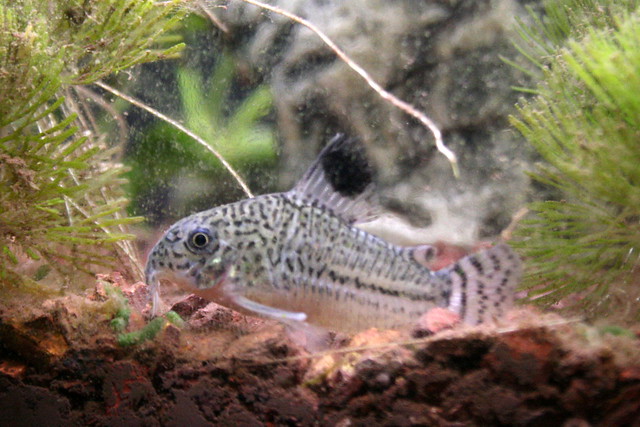Fish tanks come in many shapes and sizes. It ranges from a small one-quart to a 55-gallon aquarium. The concept of fish tanks has changed over the years. It used to be viewed as a glass container for fishes, but now, a fish tank can also be viewed as an art or an aqua furniture. For some homes, fish tank has become a design piece of art that is placed in the living room. The focus is no longer the fish, a rather the fish tanks. These fish tanks can be designed to fit comfortably into a corner or all be recessed into a wall. Some fish tanks are built within the wall, framed by wood and appear to be a living painting.
And for some, the fish tanks are specially designed to feed into specific needs.
The materials used to build fish tanks have also changed over the years. The traditional material used to be glass. This is slowly replaced by moulded acrylic as the primary material. The advantage to using this as a primary material is that it reduces the breakage danger, and prolong years of enjoyment with your fish tank.
Fish tanks are not complete without its accessories. These accessories not only helps decorates fish tanks, but it also helps to keep the fish healthy and happy. You do not require a huge investment if you have only a few fishes in a bowl. However, if you plan to raise bigger and more fishes, then you certainly need more accessories for your fish tanks.
If your fish tanks hold 10 gallons or more of Water, then a water pump and filter will help to keep the water clean and moving. Otherwise, you would need to change the water frequently as they get it begins to get dirty easily. The water needs fresh air to be introduced constantly, otherwise, the fish will suffocate. This is where the air filter comes in. The air filter helps to keep the air floating through the water constantly.
A light fixture that attaches to the top of the fish tanks help provides light into the water; it helps to keep the fish from sleeping all the time. If you live in an area where temperate changes constantly, then you may want to consider installing the heater to keep the water at a constant temperate. This will help to ensure that your fish won't be cooked as the water gets too hot or, becomes lethargic if the water gets too cold. The fish tanks accessories are pretty standard. But if you have unusual fish tanks shapes, then you will certainly need a manufacturer to design and build the accessories.
Given all the accessories, these fishes still need proper care. How healthy and happy your fishes depend on the amount of time and effort you put into the care of the fishes and the fish tanks.







